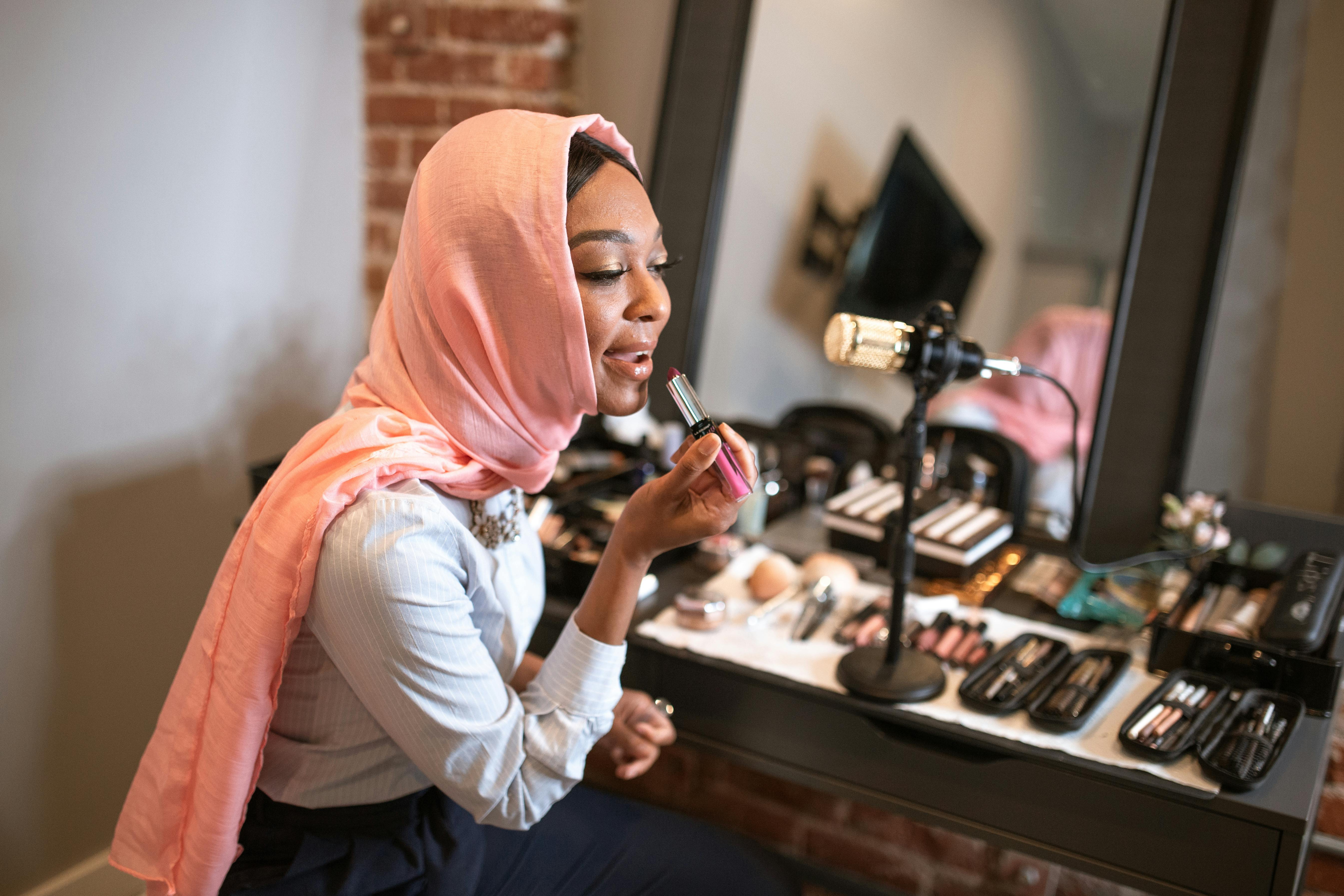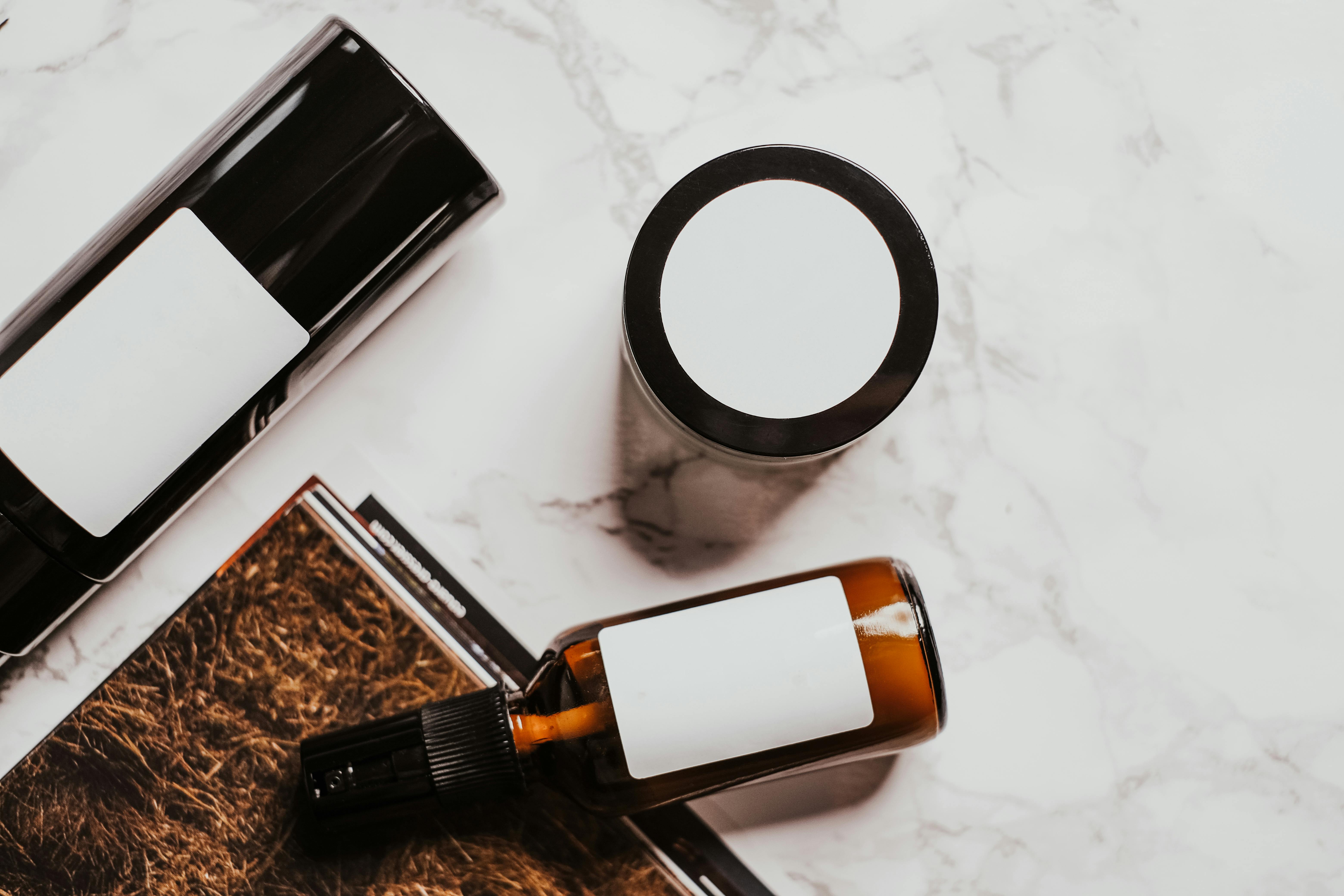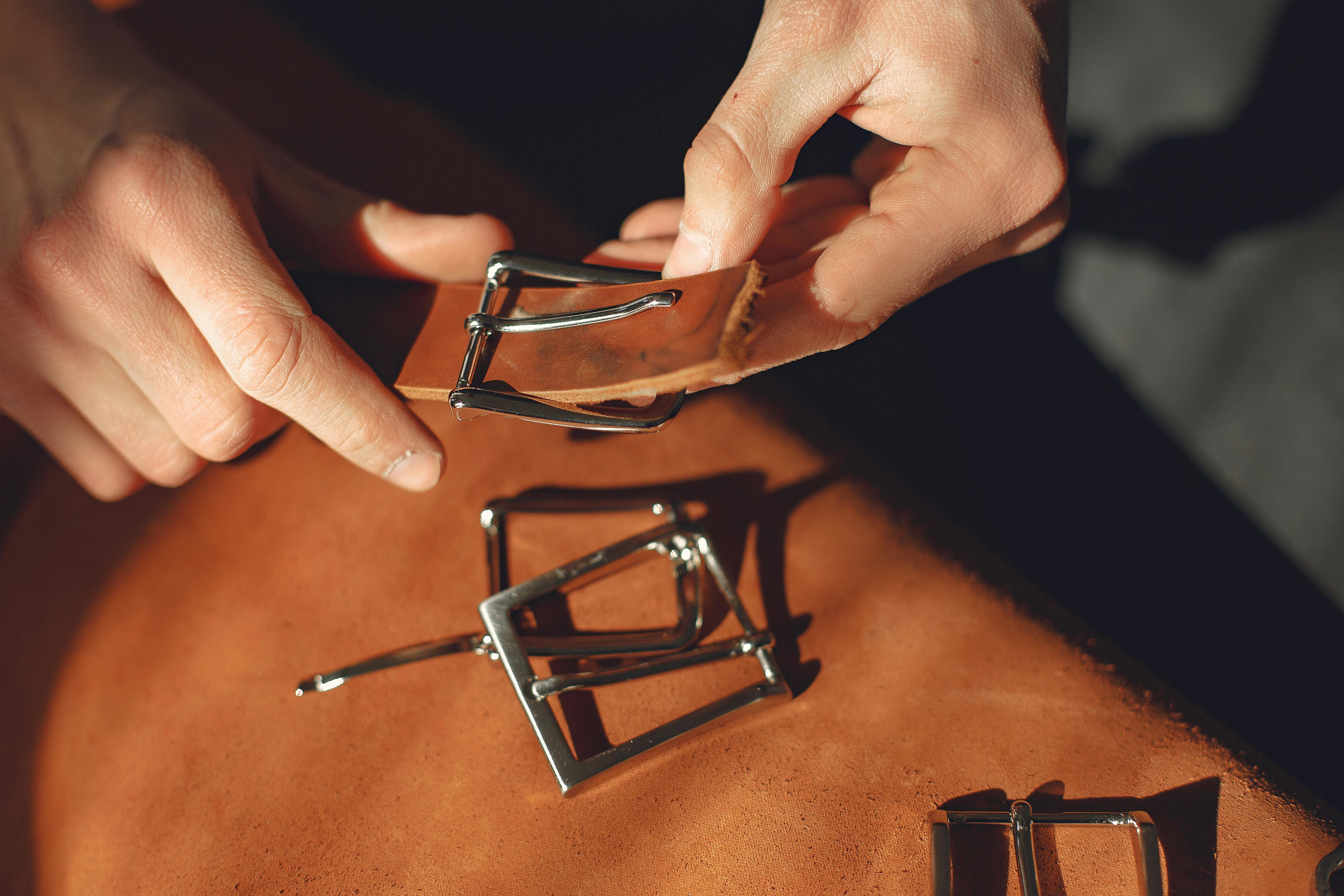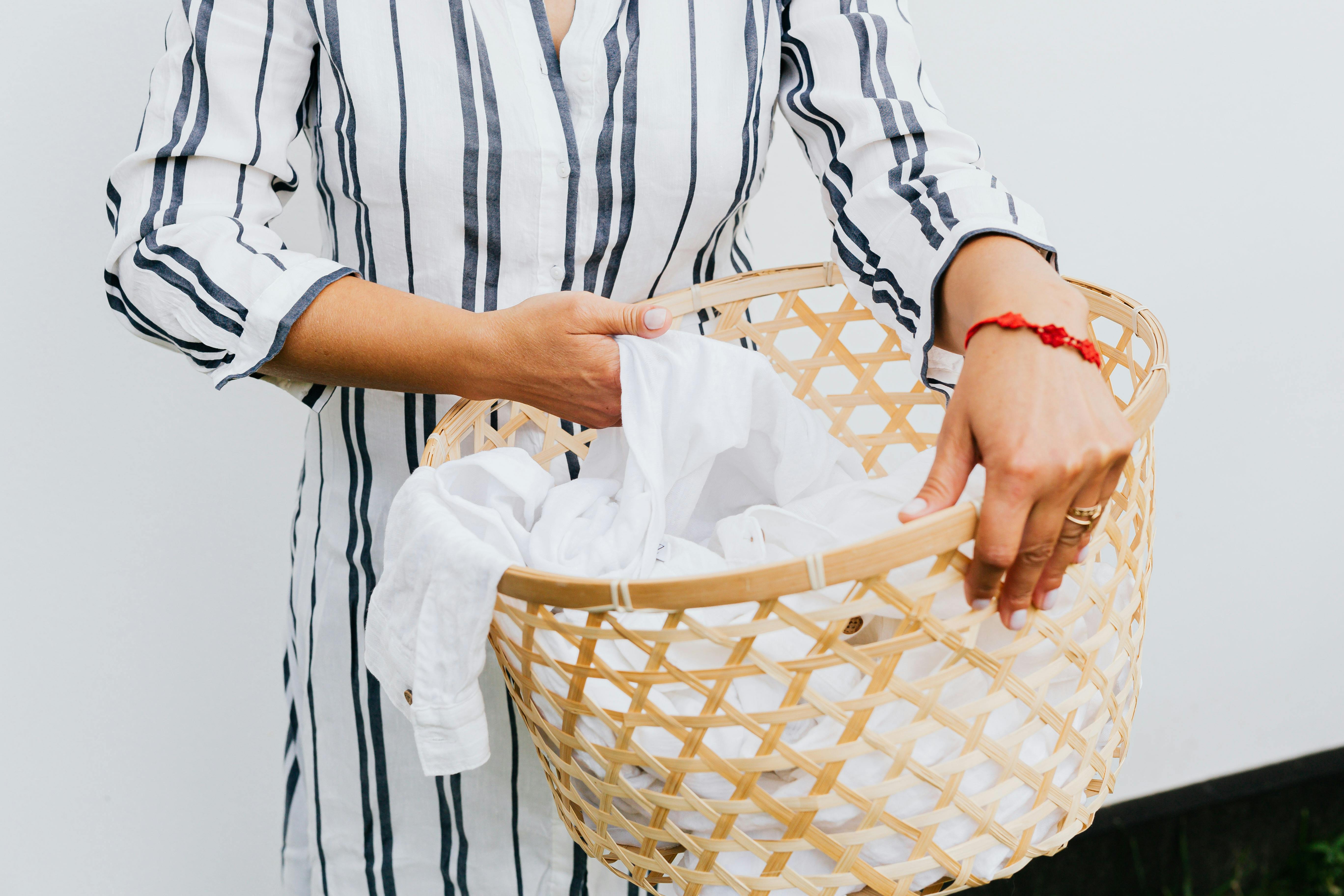Introduction: some questions to set the stage
Should you trust your doctor? Is the medical system organized and controlled by the modern equivalent of highway robbers? What can we learn from the way colonoscopies are promoted and valued in the United States? What is the most important lesson to take from a brief exploration of these questions?
Here are short answers to the first three of these rhetorical questions. I am saving an answer to the last question (that is, recommended course of action) until the end.
- No, don’t trust your doctor, if you are lucky enough to have easy access to one or more doctors. Instead, be cautious and double-check, run independent checks on relevant issues, and get other qualified opinions. Doctors and other providers are not your enemies, but they are definitely not your friends. They are highly trained professionals who operate in a complex dysfunctional profit-oriented system. Most want to do the right thing, but pressures can lead even ethical professionals to justify that courses of action are not in your best interest. In this essay, I will argue that your interests and the public interest take a backseat to a kind of higher power: the profit motive.
- Yes, the medical system is highway robbery, circa 21st century.
- Much can be learned by taking a closer look at the colonoscopy industry complex. The procedures that are performed can serve as canaries in the coal mine of the American medical system. Pay attention, be alarmed, and do what you can to save yourself before it’s too late.
Colonoscopies, Medical Providers and Free Enterprise Run Amuck
Colonoscopies are the most expensive routine screening test in this country. A report from the Commonwealth Fund revealed that this procedure is billed at rates ranging from $ 6,385 to $ 19,438. (See Explaining America’s High Health Care Spending: International Comparison of Supply, Utilization, Price, and Quality, May 3, 2012, Volume 10.) These figures are retail rates for the uninsured; insurers generally negotiate prices below $ 3,500. Americans lucky enough to have employer-based insurance often assume that health care is basically free, despite increased copayments and deductibles, but it is not . Older people on Medicare make the same mistake, often because they are Exhausted (I mean, too tired to give a shit).
Like the high costs of our wars in Iraq and Afghanistan, everyone pays in the end, no pun intended.
In other Western countries, the median price for a colonoscopy is a few hundred dollars. Compare this to the US experience:
Americans pay more for almost all interactions with the medical system … A price list compiled by the International Federation of Health Plans found that medical services are more expensive in all categories, by a huge margin.
We are world leaders in medical spending, although numerous studies have shown that we do not receive better care and are less healthy than people in almost all other Western nations.
Forms of highway robbery in the fourth century America
In case you’ve been on the moon or out of touch for several years, here is a summary of why so many experts believe that the US healthcare system is out of control:
- Doctors prescribe expensive procedures. However, the high price of ordinary ones represents our $ 2.7 trillion annual healthcare tab – 18% of GNP. ((Source: Elisabeth Rosenthal, Paying until it hurts: a case study with high costs, New York Times, June 1, 2013.)
- Doctors promote too many tests. According to the CDC, more than 10 million Americans each year undergo colonoscopies (at a cost of $ 10 billion a year). One reason for so much testing is defensive medicine. America is as litigious as it is religious. Doctors are bound (or pressured) by insurance regulations or their employers / professional associations / associations to avoid lawsuits, rather than impoverishing patients or even having poor health outcomes.
- Pharmaceutical companies saturate the media with direct-to-consumer merchandising. Drug saturation advertising campaigns for whatever affects you or may affect you distort the judgments of patients. Consumers’ appetite for quick fixes is encouraged. Patients are motivated to pressure providers for overrated and overrated products.
- Greed rules. So-called non-profit hospitals, insurance companies, device manufacturers, and other medical industry players are focused on generating the highest possible profits that they can legally justify. The pursuit of maximum profitability is by far the number one goal of the American medical system.
- High-tech and drug-focused treatments predominate. A disproportionate amount of medical care and expenses is lavished on chronic conditions in old age, leaving fewer resources for prevention, education, and acute care.
- Costs / benefits take a backseat. Substantial medical care is lavished on ministrations that simply extend the death process.
- There is very little incentive to act wisely. Overlooked in studies to explain the high costs and low returns on medical investments relative to other industrialized countries, it’s a disturbing reality: Americans are too fond of guns, gods, demigods, and drugs. They have little commitment to reason and critical thinking, exercise, whole plant-based foods, and the art of shaping supportive environments for themselves and others.
Colonoscopies like coal mine canaries
Colonoscopy gets my vote as the biggest scam in modern medicine. We should stop using the term colonoscopy – colonoscamia it is much more descriptive and appropriate. The biggest scam distinction is not a minor honor or a rather dubious distinction, given the abuses that could and have been documented on the US health care system. Colonoscopies are marketed through scare tactics, not unlike religions. Colonoscopy counselors sometimes describe with almost wicked delight the high chances of terrible torment and premature death from colon cancer.
A year ago, I reluctantly agreed to sit down for a pep talk with a renowned proctologist. The issue was why should I have a colonoscopy, even though there are no risk factors other than old age. I accepted the interview only after years of receiving a colonoscopy harassed by friends, family, and various doctors, including even my dentist! Graphic descriptions of the dire consequences of missing a polyp would have made Hieronymus Bosch proud. I was reminded of visions drawn by nuns about 65 years ago at St. Barnabas Parish School. The eternal fires of hell were described in such fine and vivid detail that anyone would have been convinced that the nuns had been there. I think this whole scare was designed to ensure that I never missed a Mass on Sundays. (For a while, I didn’t, although I arrived as late as possible so my presence would still count.) So I heard the colorful tone of the colonoscopy, and still decided not to. (I even wrote an essay about the interview experience.)
Colonoscopies are billed as quasi-operations. What was recently a simple office procedure has been transformed into a more complex booming business. Now there are surgery centers where lucrative colonoscopies that exceed medical guidelines are prescribed and performed. The goal is to maximize revenue; Lobbying, marketing and turf battles between specialists, in addition to huge profit margins, explain the high costs. Other tests for colon cancer are less invasive, cheaper, and just as effective.
Australia doesn’t even pay for colonoscopies as a standard screening procedure and it’s not common in other Western nations either.
The American Free Enterprise Anomaly
In this country, the government, unlike any other industrialized nation, does not regulate or otherwise intervene in medical prices, beyond setting payment rates for Medicare and Medicaid. Other nations see health care as everyone’s right and regulate hospitals and the rest of the service delivery system as public services. What conservatives like to call the free market is not so free for consumers.
Imagine if you went to a restaurant and ordered your food without having a clue what your dinner would cost. Imagine the anxiety waiting for the waiter to arrive with the bill. However, apply the healthcare model to other normal purchases, large and small. What if the groceries from the supermarket that you loaded, took home, and consumed were totaled and posted to your account, but you didn’t see the bill for days or weeks, long after you’ve processed most of what you took out? Such transactions are ridiculous, of course, and yet they are in the medical system. Sometimes I get bills for medical procedures performed a year earlier, after the hospital or doctor has given up on negotiations for full or good enough payment from the Medicare insurer.) It is strange, irrational, unfair and intolerable.
Fiancée summary and takeaway lesson
Ask yourself, Do you have to be passive and tolerate this state of affairs? Consider that it is not.
First, regarding colonoscopies, know that for most people, regular tests of blood in the stool are sufficient. Unfortunately for unwary and easily intimidated patients, settling for this low-cost option is difficult. Such resistance to colonoscopies will be strongly resisted by the medical advisers involved in the procedure. Stool testing is not a high-income producer for this industry.
What can you do to avoid spending more on lower-quality health care while feeling less and less good? You have three options: die, move, or adopt a REAL wellness lifestyle. Stay with the latter until you move or die. Personally, I go with the REAL wellness lifestyle. On the subject of colonoscopy, I prefer a whole food plant-based diet, lots of exercise, and minor cancer screening methods over the unpleasant, expensive, and questionable invasive procedure. Life is fraught with risk, and flesh inherits more slings and arrows than there will ever be expensive medical tests to detect and treat early on.
Going back to the three options (die, move or adopt a RW lifestyle), I also opt for the last one because the few countries that I would like to call home (Australia, New Zealand, Canada and El Dorado) might not have me. But of course I am really in favor of this choice because TRUE wellness is a richer way to be alive. It’s the only way to fly, or live, in my opinion, even if it didn’t save money and pain on all sorts of chronic medical problems that you would surely have to endure if you were obese, sedentary, bored, or untreatable, and I’m definitely not fat, sedentary. or boring.
Actual wellness is what I suggest to take away from this cautionary tale about colonoscamia in America.









